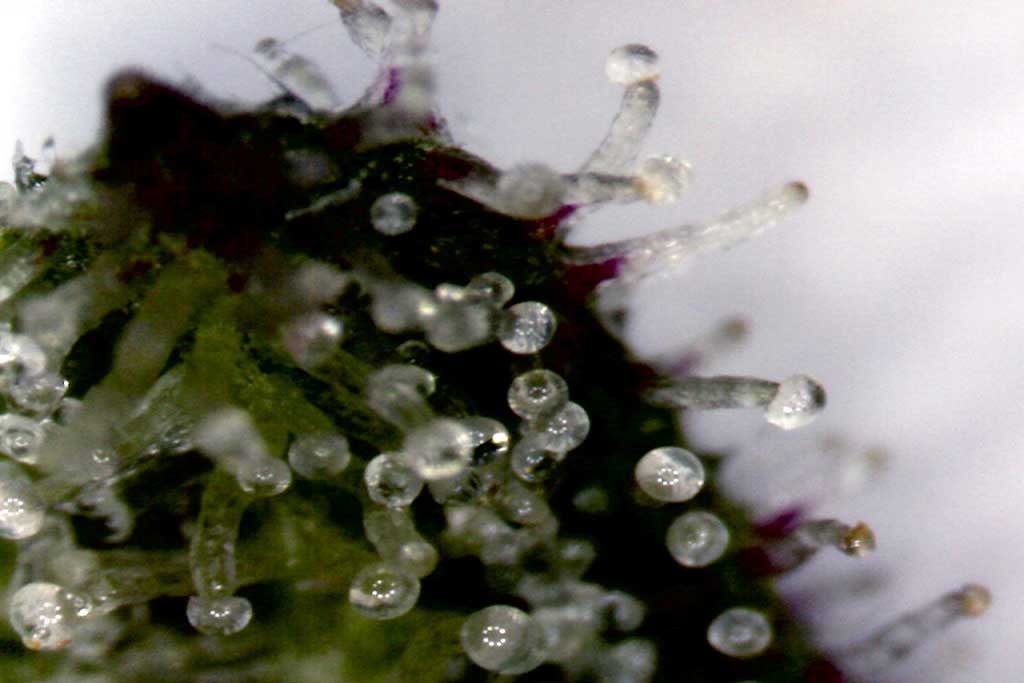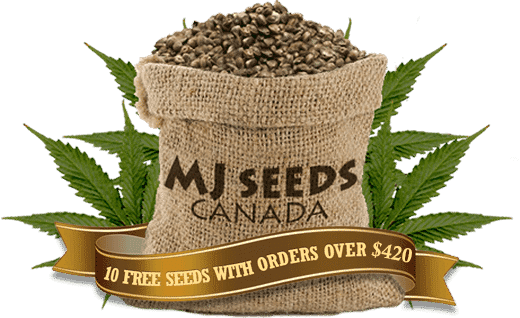
By now, most cannabis consumers are familiar with the components of the herb, especially the main components, which are the THC and the CBD. By then, cannabis consumers can select their strain in terms of their effects, flavor, and aroma. Aside from these helpful compounds, the cannabis plant is also made up of tiny particles, which are known as cannabis trichomes.
Yes, you may often hear the word trichomes, but you want to know what trichomes are. Some may now what they are and why their presence is important, but for novice and beginner cannabis consumers, it is essential to now what trichomes are so that you will be able to get to know your cannabis more.
It is important to know that any cannabis will never have its effects without trichomes. These trichomes are very small and microscopic but do not belittle them because they can bring about very strong effects. It is important to know that these little plant particles give the cannabis plant its aroma, flavor, and effects.
What are cannabis trichomes?
Cannabis trichomes are very small particles that are found in any cannabis plant. They look like scales, algae, and lichen buy in some plants; it looks like tiny strands of hair. Cannabis trichomes are also called as “kief” or frosting. They are characterized as an aromatic and sticky resinous gland that sticks easily in your hands when you hold them.
The term trichome was from the Greek word that means “Trichōma,” which means “growth of hair”. Trichomes can be very small, and taking a closer look, it looks like crystalline hairs coated on the surface of a mature cannabis flower. Using a microscope, you will see that their appearance is not alike. They differ in appearance depending on the strain.
The important thing that we should know about cannabis trichomes is that they contain the important cannabinoids that give the cannabis buds its characteristics. Cannabinoids are the cannabis compounds that give marijuana its flavor, its high, and its therapeutic benefits.
What are the kinds of Cannabis Trichomes?
There are three different kinds of trichomes:
- Glandular hairs – Glandular hair trichomes are found on the glandular cells. These are multicellular cells that are consist of different stalks, apical, and cells. These trichomes can also be found in the Lamiaceae, which are in charge of secreting important oils.
- Peltate hairs – this kind of trichomes is consist of a discord panel of cells which are found in the stalk. The peltate is a cellular structure that is flat and has a stem at the center. It has a shield that is characterized by thickened walls and ray cells.
- Stinging hairs – this type of trichomes has a liquid that is poisonous and dangerous. It has a bulb part. This trichome can inject the liquid in the skin of animals, which can result in skin irritation, itchiness, or pain. The fluid is composed of serotonin, acetylcholine, and histamine.
The cannabis plant has three types of trichomes. These trichomes are present to cannabis plants and give the herb its character and effects to the body system:
- Bulbous Trichomes – this type is the smallest among other types of trichomes. It measures approximately 15 to 30 micrometers. The Bulbous trichomes have a secretory head appear outside of the cannabis plant.
- Capitate – Sessile Trichomes – this type of trichome can be seen by the naked eye as they are bigger compared to the other types, and they measure about 25-100 micrometers. It looks like a mushroom because of its globe-shaped head. It has shells which responsible for secreting cannabinoids and other compounds.
- Capitate – Stalked Trichomes -these are very common among other types of trichomes, and they can be found in the most cannabis plant. The mushroom is also bigger in size, and they are easily spotted. Capitate – Stalked Trichomes are made of stalk and head. Cannabinoids and terpenes are generated in the head and stalk of a plant.
Different functions of Cannabis Trichomes?
- Cannabis trichomes are indicators for harvest – trichomes can tell if the female plant is mature enough and if the plant is on its final phase of growth. The trichomes will indicate if the plant is ready for harvest. For example, if you observe that the trichomes on your plant look milky and cloudy, it indicates that the plant is mature, and you can harvest it. The harvested product will have cannabinoids that can deliver mental buzzing and energy-boosting high. Suppose you see that the plant’s trichome is brownish or amber-like, its time to harvest your buds and enjoy relaxing effects. Note that not all plants have trichomes that change colors, so you can also check on other factors that can indicate the perfect time to harvest.
- It protects the plant – trichomes protect the plant from UV rays of the sun, the unwanted pests, and the wind, especially the flowering stage. During this stage, the cannabis plant is very vulnerable to the attack of harmful insects and pests. The trichomes protect the plant as a deterrent; thus, it keeps them away because of its unpleasant taste.
- They give the cannabis plant its character – perhaps the most important function of a cannabis trichome is that it gives the buds its effects, taste, and its aroma. Without the trichomes, we won’t be having the cannabinoids that will bring such characteristics. The cannabis won’t be the cannabis that you are looking for. You will not experience the high, and it will not give the therapeutic effects. The cannabis plant will just remain a regular plant without the trichomes.
Indeed, at some point, there will be moments where we can say that the small comes as the mightiest. This is true in the case of cannabis. The cannabis trichomes are small particles found in a cannabis plant, but without them, the cannabis plant will be without the effects, the flavor, and the scent. Nothing. So if you think about it, trichomes are very important. Cannabis trichomes are important. They make cannabis what they are. Cannabis trichomes are the reason why millions enjoy cannabis.



